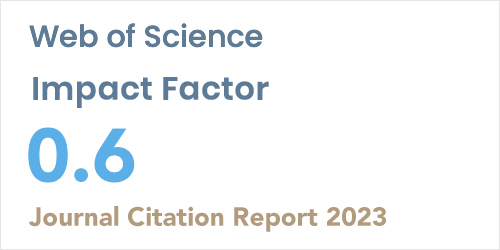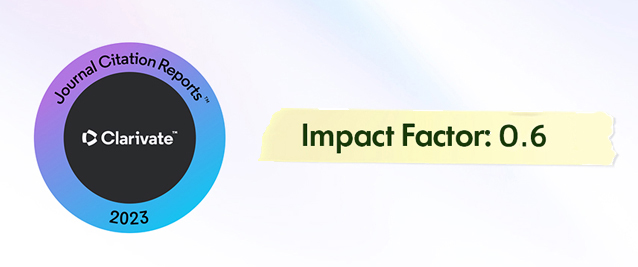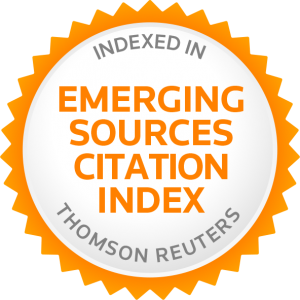Abstract
There has been a wider scope for the development of dental implants with high bioactivity and low toxicity. The current study strives to address the issue by designing a dental implant with a pathway to inject the bioactive agent. The safety and reliability of the proposed design are tested for different materials using a finite element approach. Modeling of the implant is done in SOLIDWORKS®. To perform engineering analysis, ANSYS Workbench 2023 R1® software is used. The reliability and safety of the design are tested with three implant materials, including Titanium Grade 5 (Ti 6Al 4V), (y–tzp), and HGC-1-C. Static structural analysis is carried out to investigate the Von Mises stress, maximum principal strain, total deformation, and factor of safety. Modal analysis results show that the Ti-6Al-4V exhibits the highest natural frequency for the proposed design. The Ti-6Al-4V model shows a remarkable alloy composition and demonstrated minimal total deformation. From the analysis of these results, we deduce that the design is indeed safe. The fabrication is conducted with an emphasis on ensuring a secure design.













